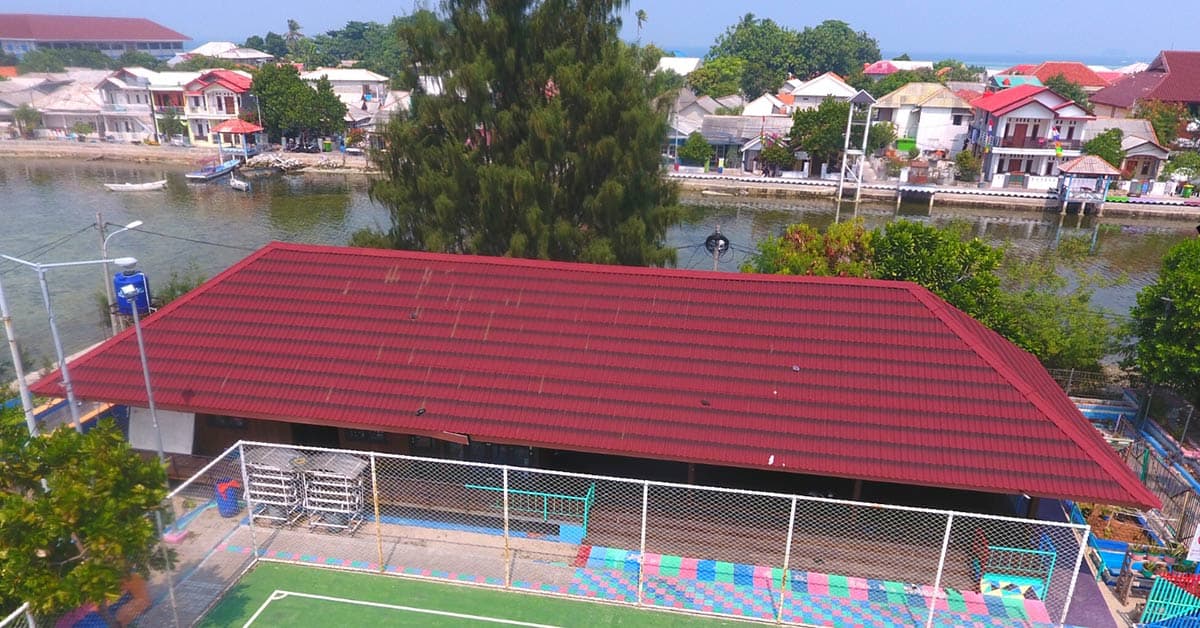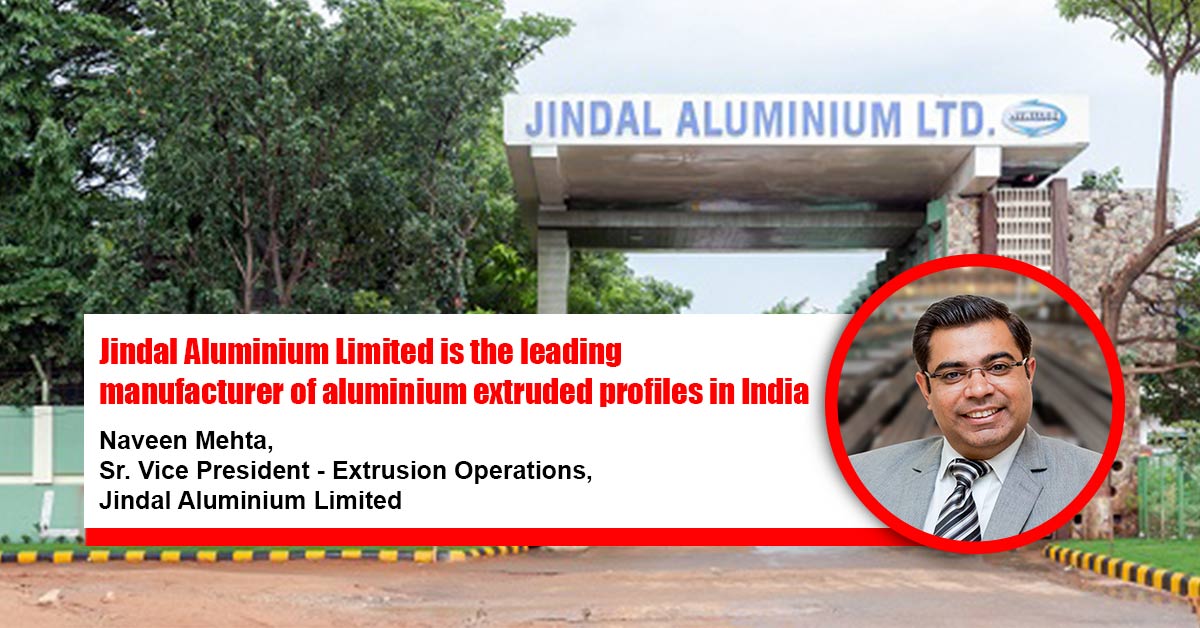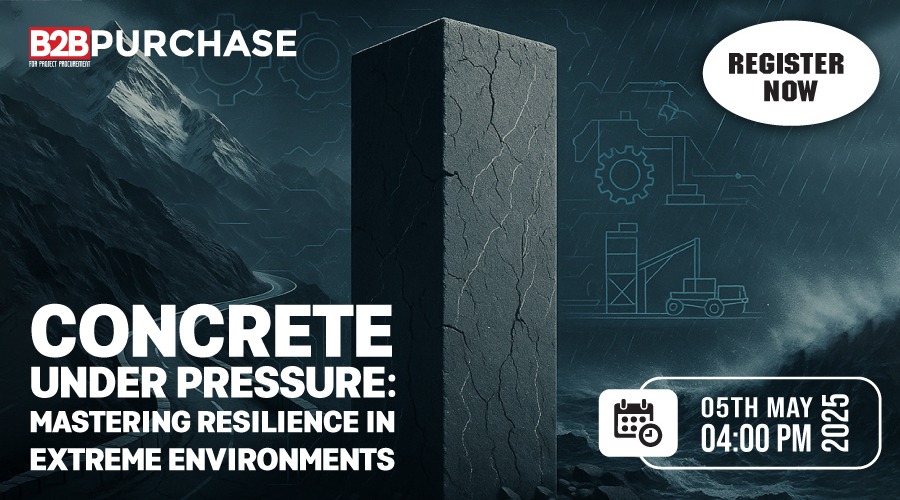How to build a dam in 4 years! A Chinese lesson
By Edit Team | April 14, 2021 2:04 pm SHARE

The effective utilisation of talent pool, technology, and digital solutions along with an aggressive approach can bring in speed in project execution.
A skyscraper in two weeks! A hospital in 10 days! China has been in the news always when it comes to faster execution of projects in construction, where speed is an important norm. In the beginning of 2020, the country was in the news when it constructed a 1,000bed hospital in 10 days, at a time when the Covid-19 pandemic was severely impacting Wuhan city. A year later, the news of building a huge dam in four years caught the attention. According to a recent report in the South China Morning Post, the Baihetan dam that is being constructed in the south-western province of Sichuan is expected to be completed in this July. Despite many civil engineering difficulties, including treacherous terrain and a remote location, Baihetan has taken just four years to build, according to the report. The 170 billion yuan (US$26.1 billion) dam will start generating electricity from July 1. It will be able to produce more than 62 terawatt hour of electricity a year and reduce CO2 emission by 52 million tonnes.
Technology leads
After cement pouring work started in 2017, the outbreak of Covid-19 pandemic early last year brought more worries on the completion of the project as per the set plans. However, the report indicates that the Baihetan project execution was in line with the schedule with the help of massive use of artificial intelligence technology. Almost everyone involved, from site workers to engineers, quality inspectors and senior managers, have been governed by an AI system that gets smarter every day. The AI used satellite positioning and a 4G network helped effectively handle the huge number of trucks and their drivers streaming into one cement pouring site without any backlog of operation. The system constantly adjusted traffic by monitoring cement mixing plants, cable machines, real-time demand on the pouring site, and remapping routes instantly if required, the report highlights.
Due to the precise AI control on cement mixing, pouring and cooling, the engineers could maintain the quality of the dam structure without major cracks during construction that could occur due to the temperature variation after mixing cement and water. While human intelligence is top priority, role of technology cannot be ignored wherever it is needed.
Indian scenario
India has many dam projects in the Himalayan region: some are under construction, as part of hydropower projects. All these projects are located in challenging terrains and many projects took longer timeframe to complete. The reason could be multifarious, ranging from terrain related challenges, extreme weather conditions, policy-related issues and more. Technology can overcome many of these challenges, which is evident from the project execution practices followed in China. The Baihetan project shows how they have utilised equipment with new-age digital technologies to effectively and successfully execute such projects in short period. The government and its policies there are very aggressive when it comes to execution of such projects.
In India, similar projects take more than a decade for completion after conceptualisation of the projects. Though the policy approval processes have improved a lot compared to earlier trends, it is still lagging behind in faster implementation. In spite of the vast talent pool and technologies available in the country, why are we behind in project execution? A case here will be interesting to note. Union Minister Nitin Gadkari addressing a virtual gathering during the inauguration of NHAI building in October last year, expressed his dissatisfaction as the entire project took almost a decade to complete. The reasons could be many, but such delays could be avoided in the organisational level itself. Constructing an office building is not as difficult as constructing a dam at a hilly terrain. The recent flash flood that claimed several lives in Chamoli in Uttarakhand and the damage of an upcoming NTPC power project in the vicinity has thrown open many questions on taking up construction activities at ecologically sensitive and hilly regions.
Technology is future
We have achieved many milestones in the recent past in constructing projects in the Himalayan terrains while some landmark projects are underway. Technology plays a major role in bringing up the efficiency factor in project execution. New-age digital technologies further improve the speed of project execution without compromising on the quality, and at the same time, minimising the chances of human error. China banked on using such technologies years before and coupled with an aggressive execution plan by the authorities has made the project implementation faster and efficient. There is no dearth of talent pool, technology, and solution providers in the country. With acumen to utilise these factors effectively and positively in our projects, we will be able to catch up speed in future.
Cookie Consent
We use cookies to personalize your experience. By continuing to visit this website you agree to our Terms & Conditions, Privacy Policy and Cookie Policy.






































-20240213125207.png)

























